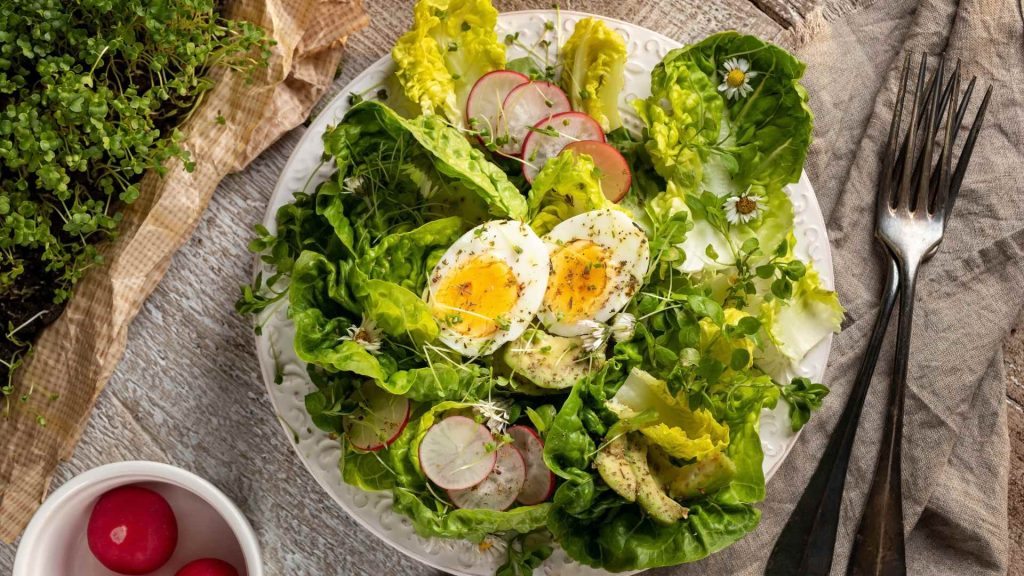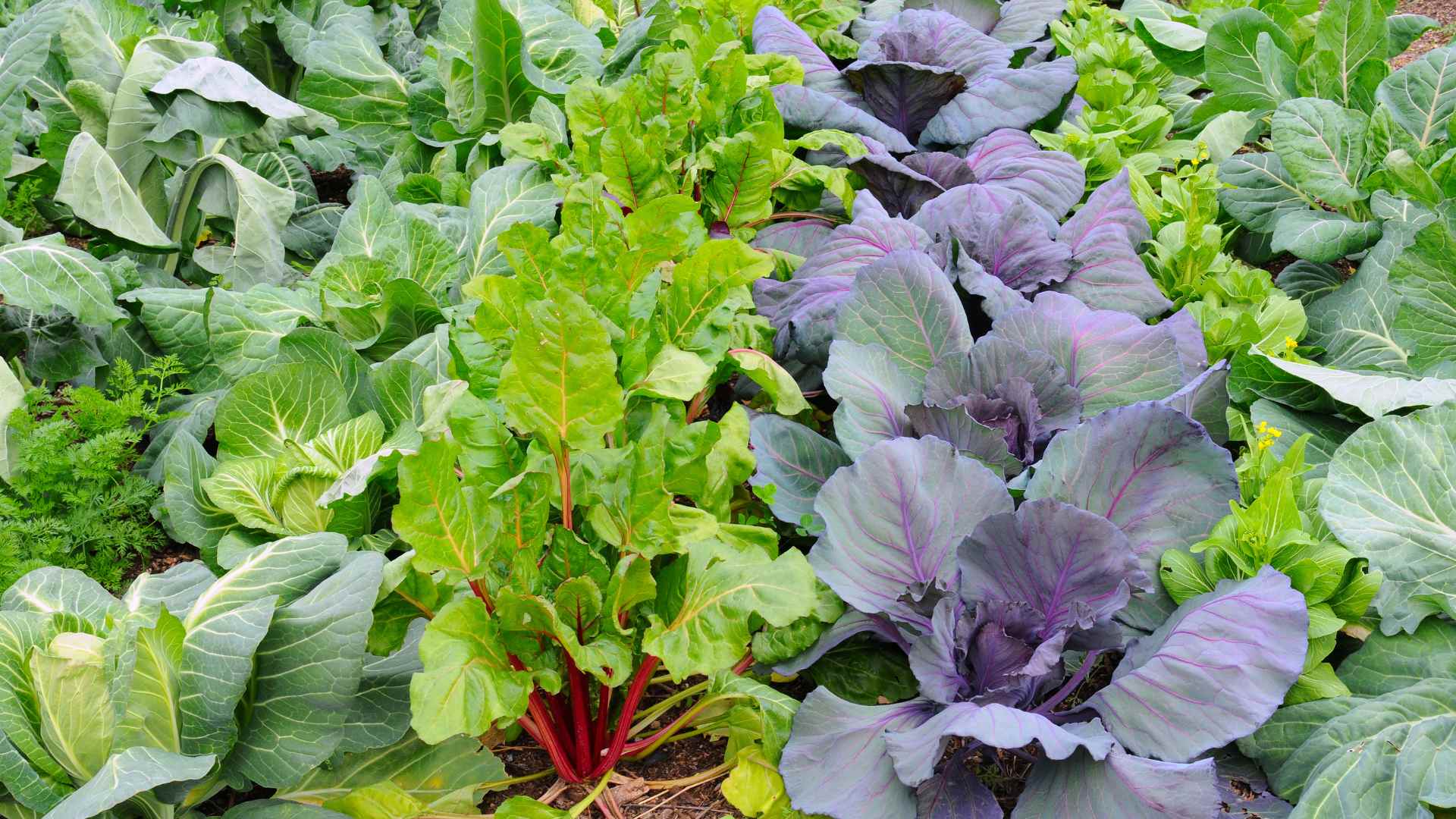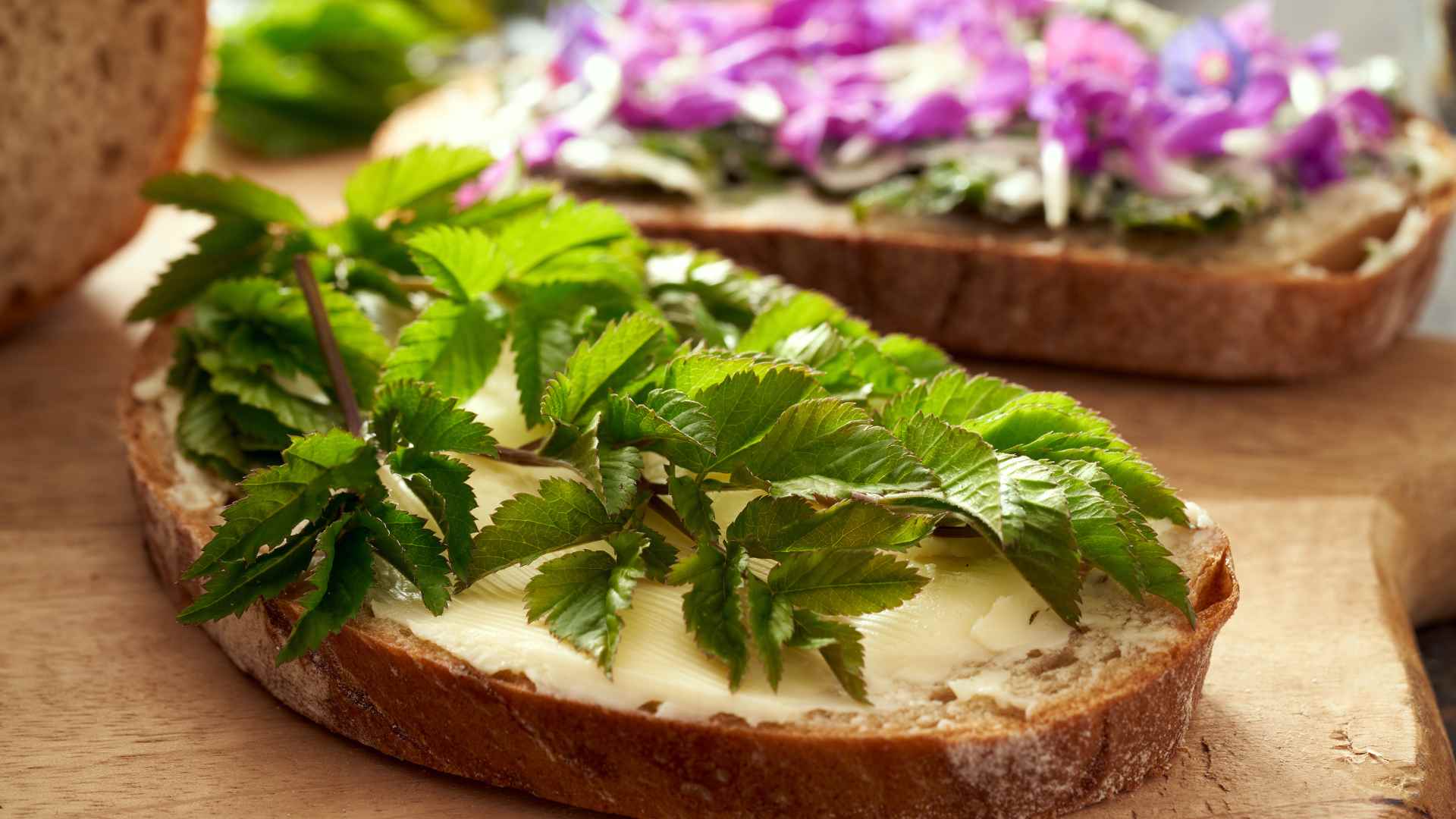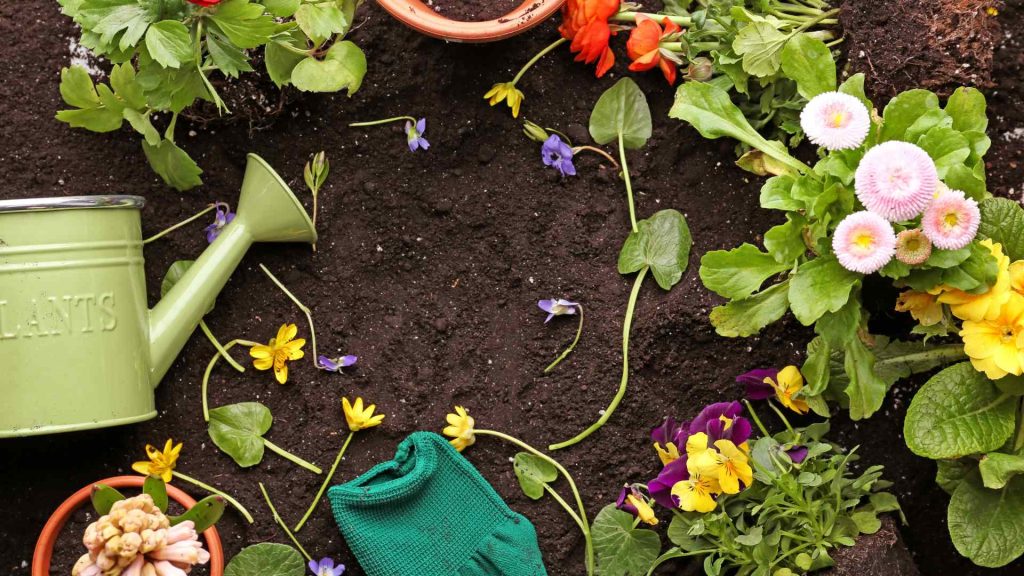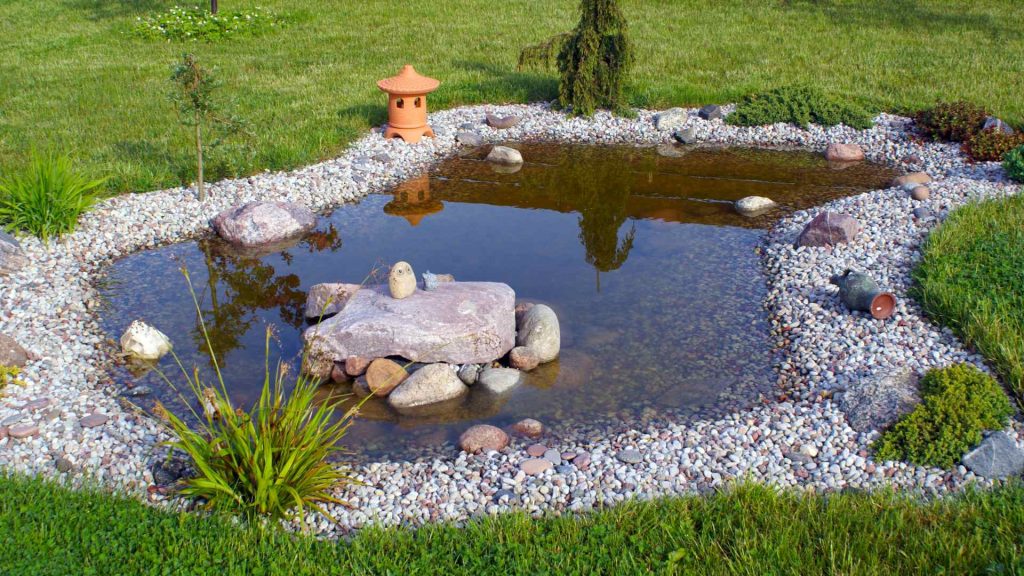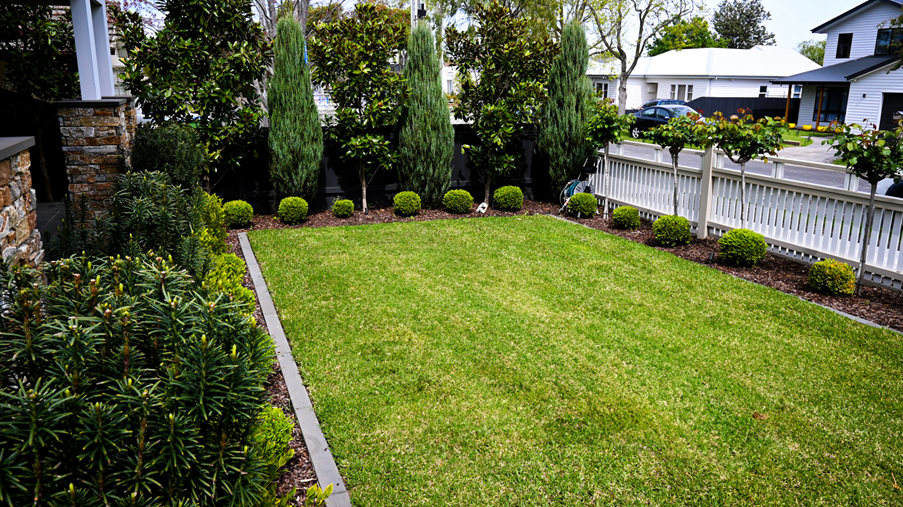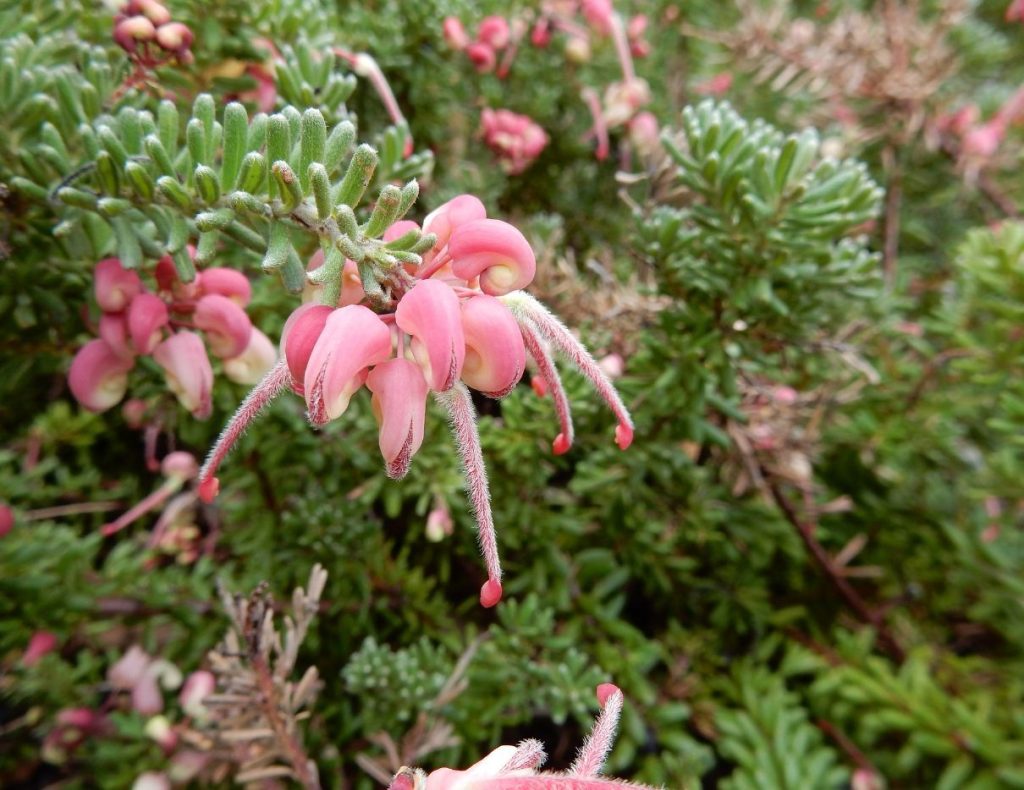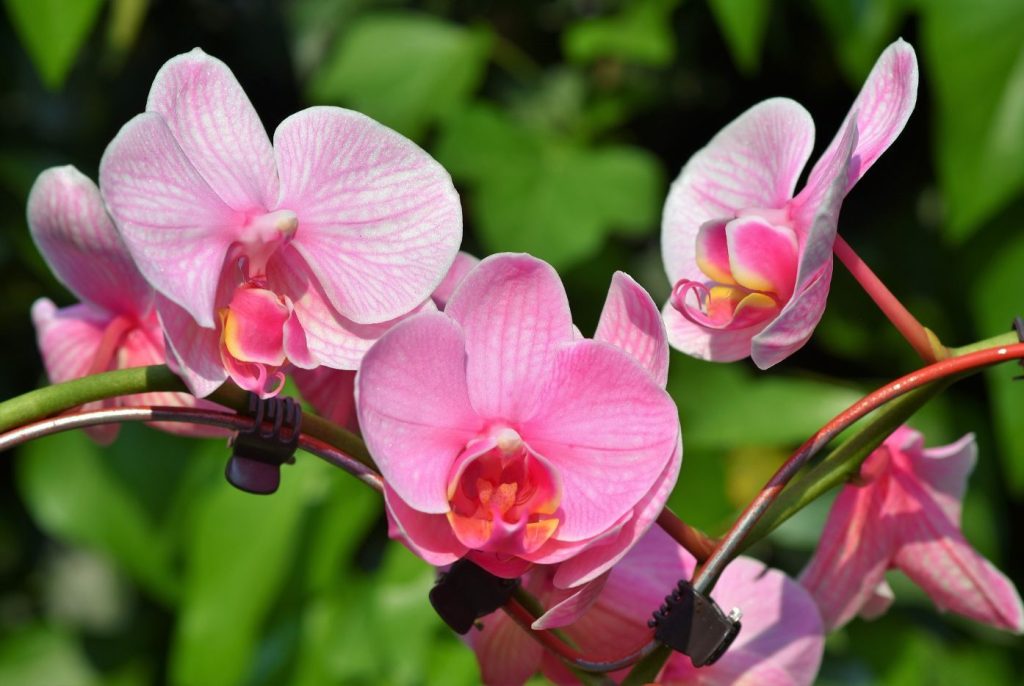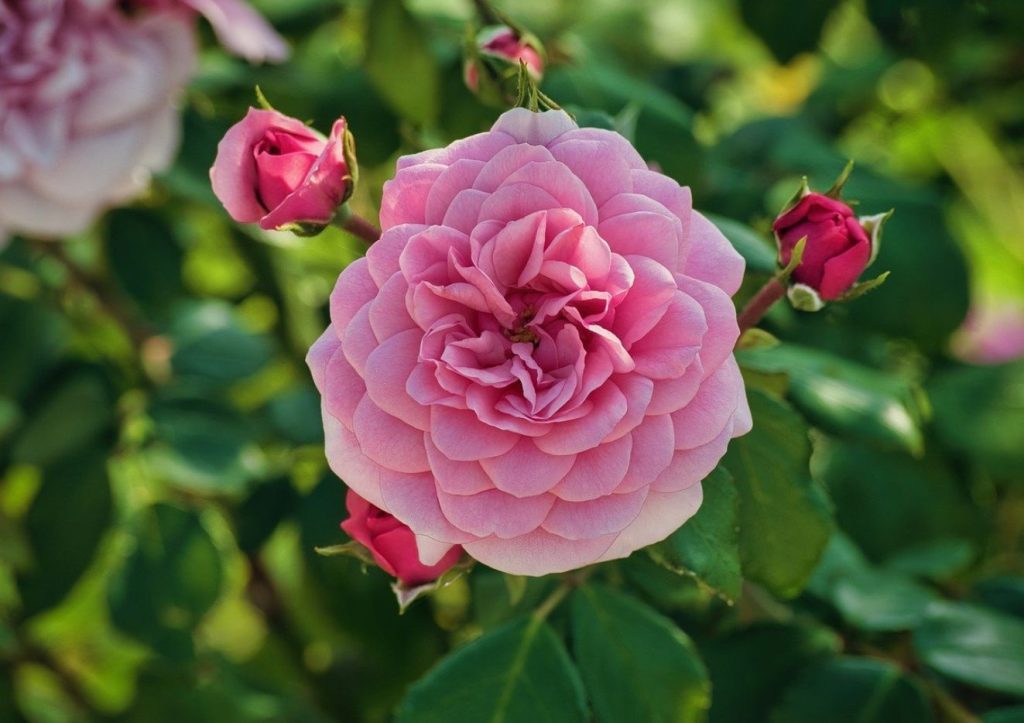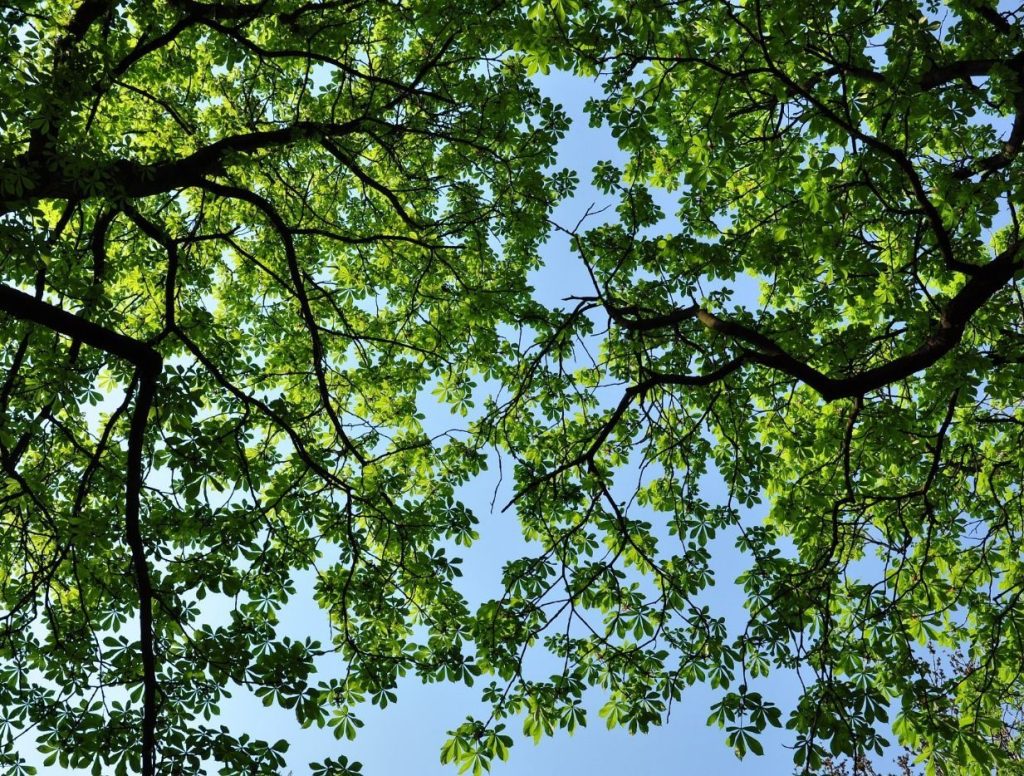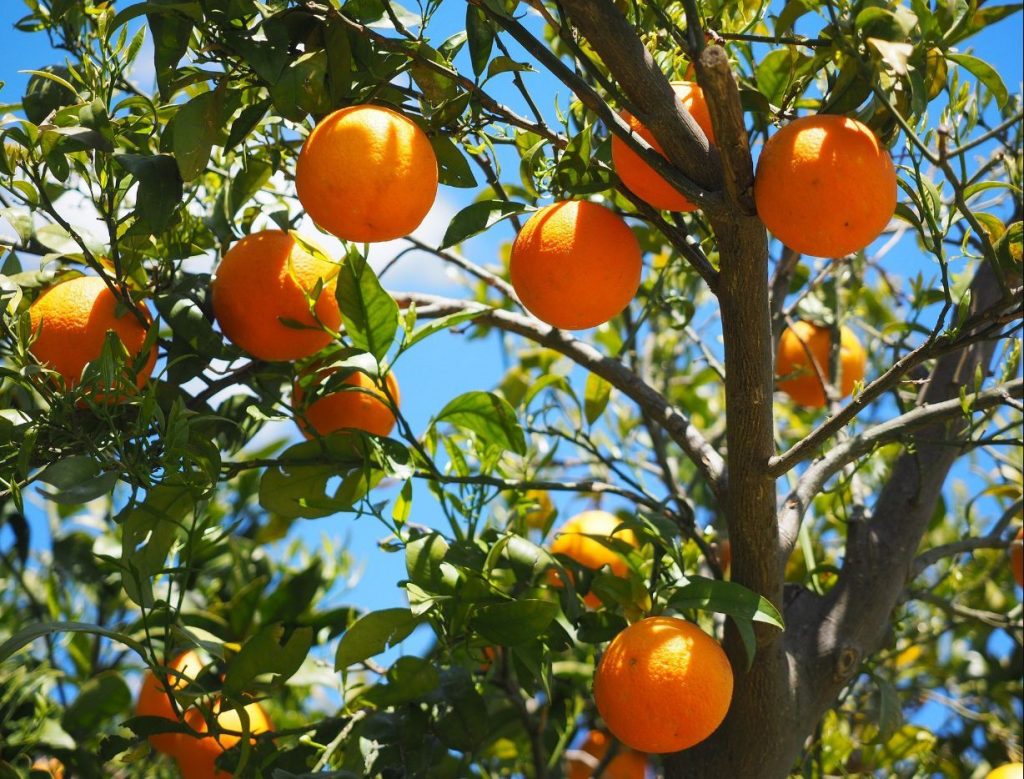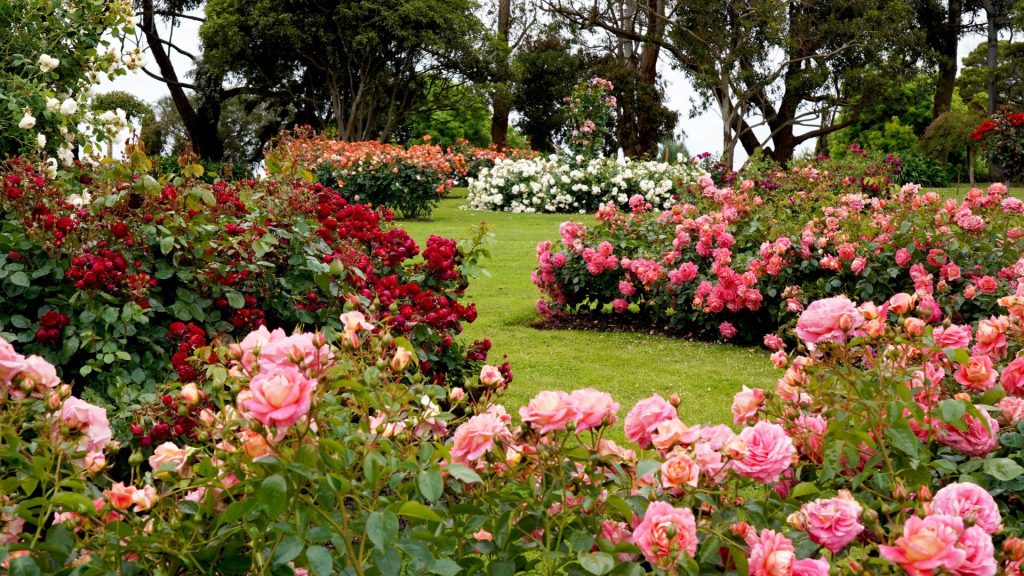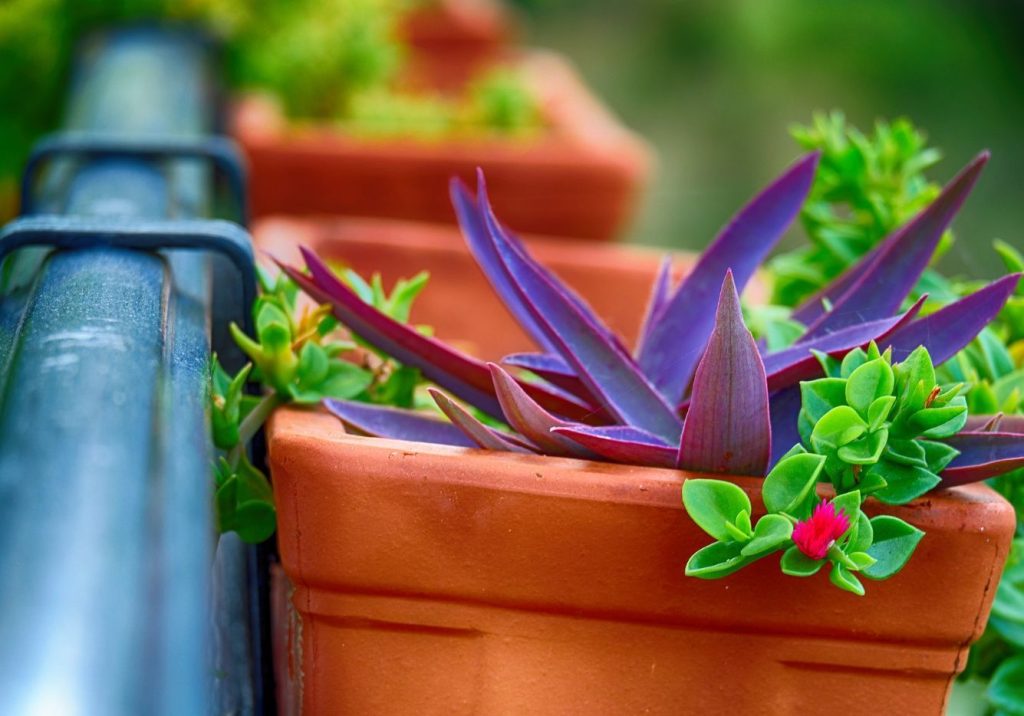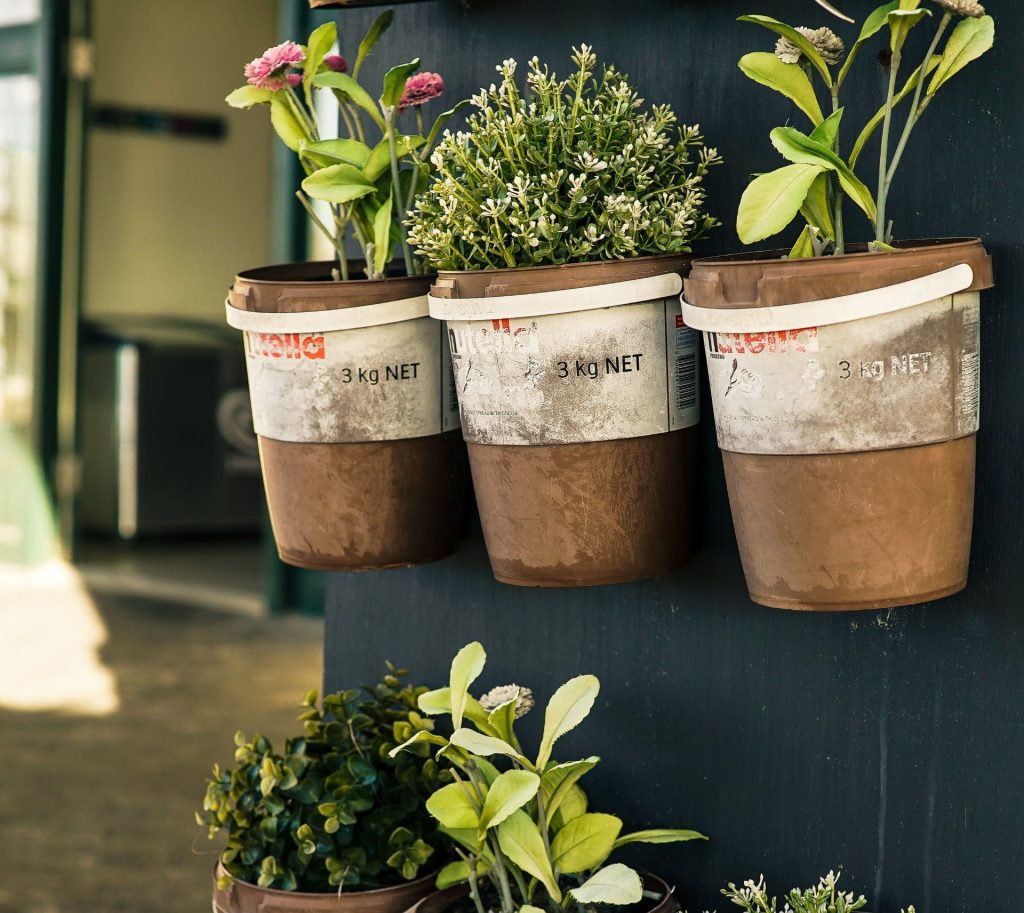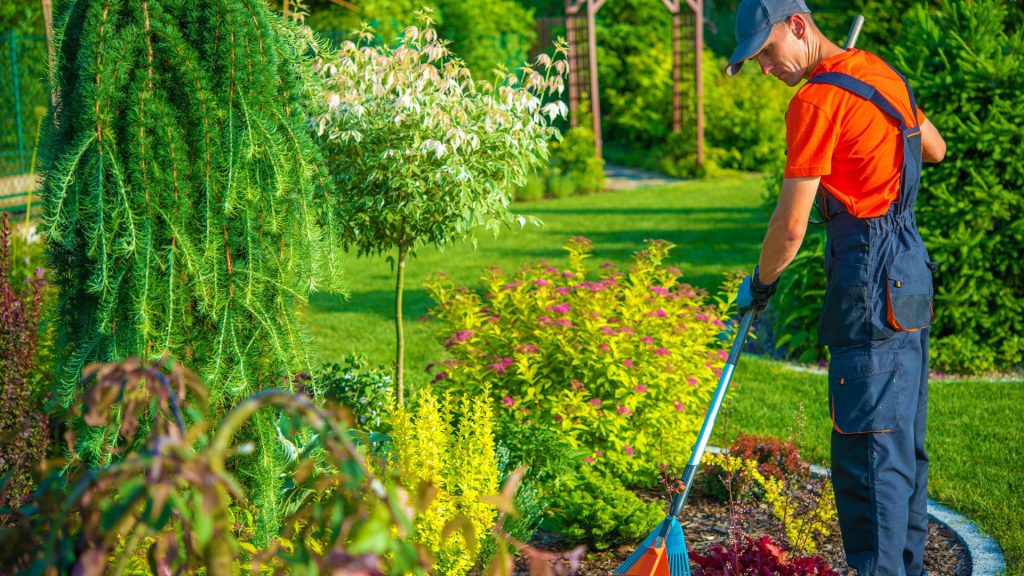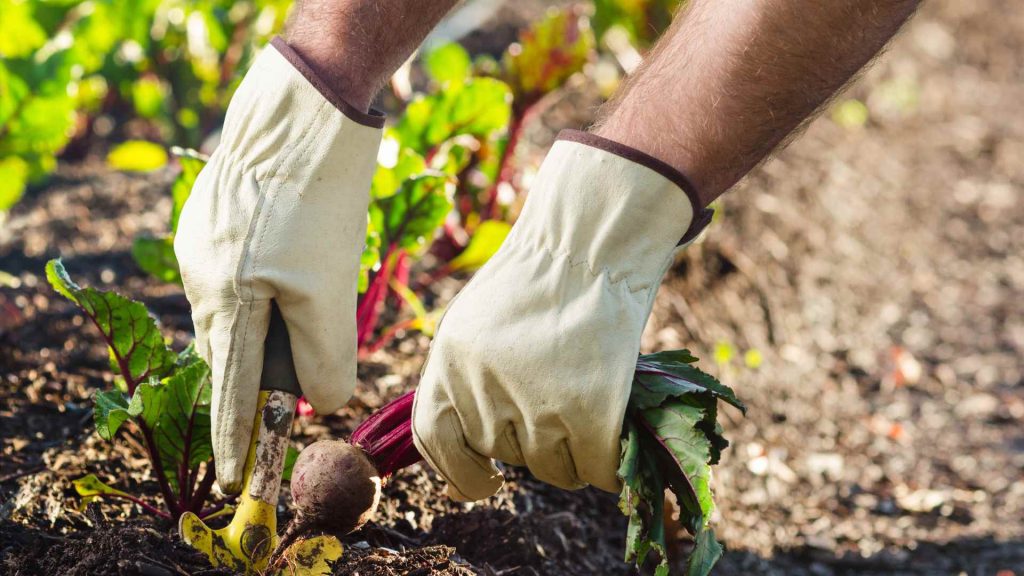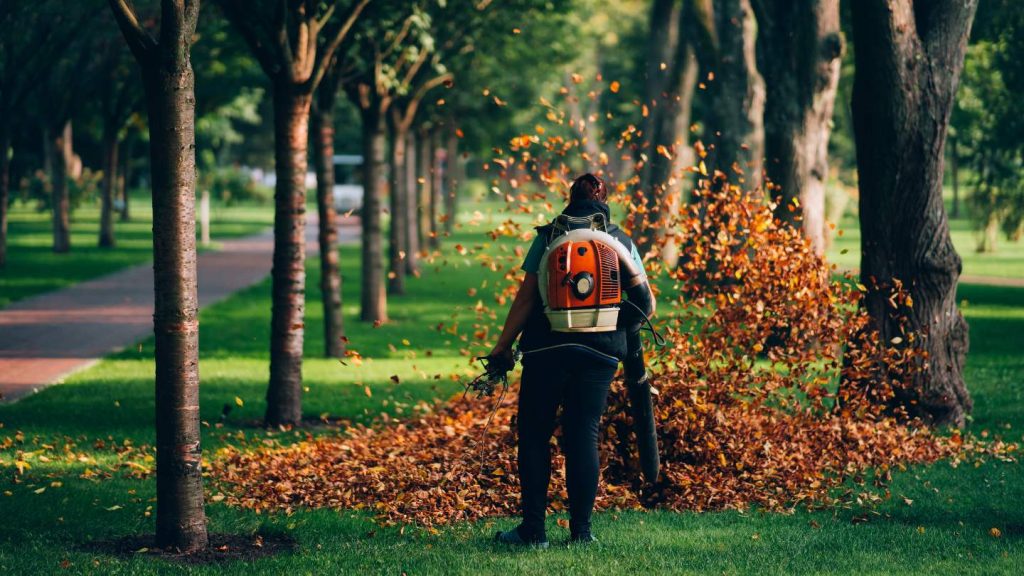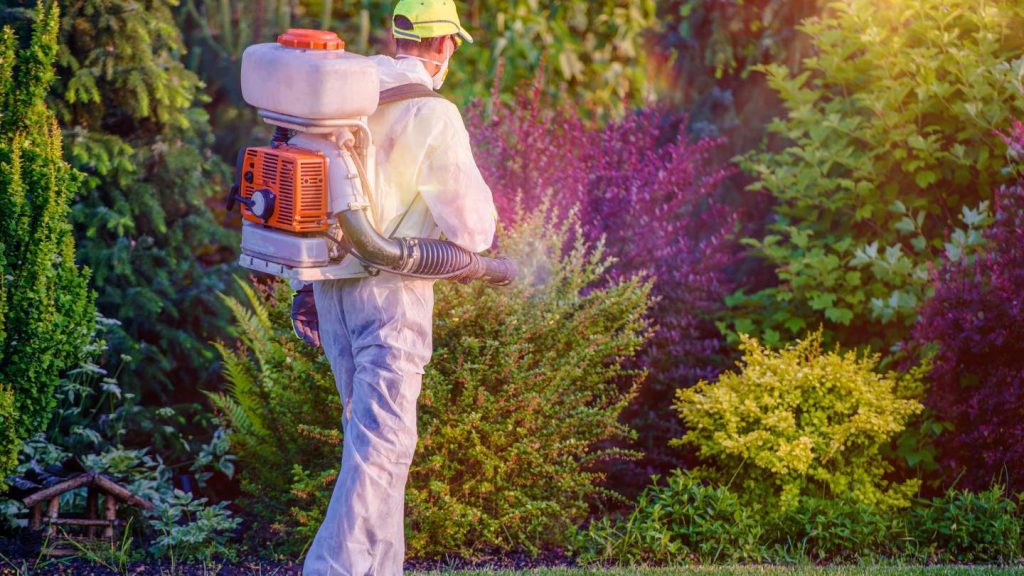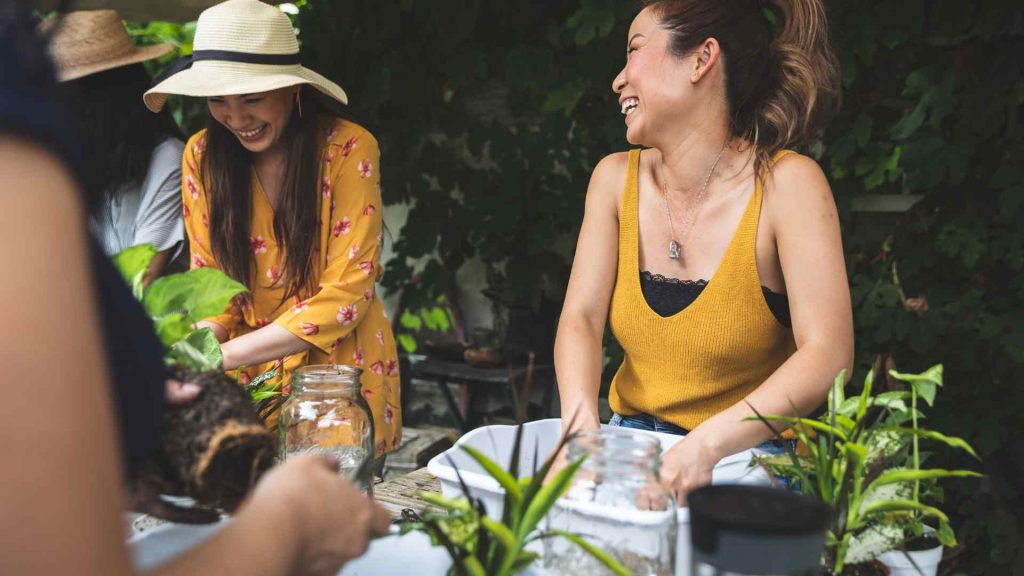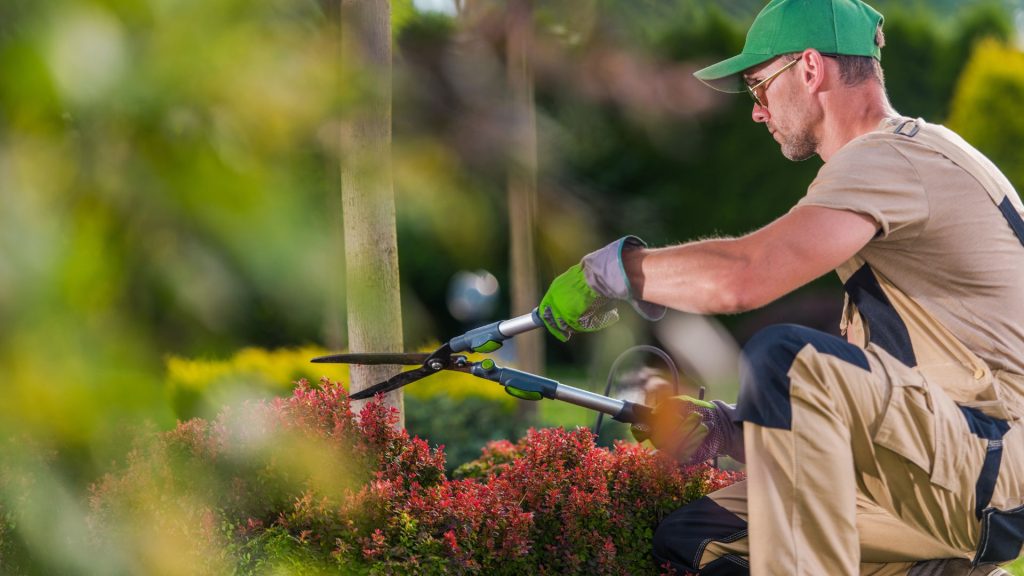Landscaping not only improves our houses' curb appeal but also allows us to design practical, purposeful outside areas. It has become increasingly common practice in recent years to include food plants in garden plans.
Choose various edible plants, apply permaculture principles, mix ornamentals with edibles, and perform regular maintenance to turn your yard into a lush, productive garden.
Benefits of Edible Gardening
It's proof that tending a garden is good for your health. The rewards of gardening labour include:
- pleasure derived from exercise; exercise increases stamina, strength, mobility, and flexibility; exercise is fun
- aids in unwinding and stress reduction
- You and your family will have access to a plentiful supply of fresh, low-cost food.
- Knowing where our food comes from requires an appreciation of the agricultural process.
Planting An Edible Garden
Plants or flower gardens? Beauty or sustenance? These were once the sorts of decisions that befell a gardener. But there's no reason you can't make a garden that serves as a visual and culinary delight. One of the most popular landscaping trends right now is edible gardening, or the practice of growing plants for both aesthetic and culinary purposes.
It's an intelligent strategy for making the most of confined quarters. You can reap the benefits of your yard's space by cultivating an edible garden without dealing with the stresses of farming. It's an excellent method to get kids interested in healthy eating and living.
Don't panic if transforming edible plants into an attractive landscape seems daunting. Including edible plants in a decorative garden is simpler than you might imagine. Some pointers to get you going are as follows.
Find Your Main Objective
Growing your food may save you money on groceries, give you the freshest produce, teach your kids about a good diet and lifestyle, be a conversation starter, and beautify your yard.
Think about what you value most before you start laying out your garden. You can use this information to determine what seeds to buy. If you want to maximise your harvest rather than add some flavour to your flower bed, your plant selections will reflect that.
Take Inventory of Your Premises
Where exactly do you plan on planting your garden? In the foreground? Where's the backyard? In crates on the front step? If your edible garden will be displayed prominently, you should give extra thought to its visual appeal.
Soil quality and sunlight determine your garden's success. Most food plants thrive in nutrient-dense soil with consistent moisture and full sun (although some, like lettuce, can be grown effectively in partial shade).
Keep hope even if the storage room is limited. A vertical garden is another option for those who need more square footage. Consider planting some fruit or nut trees if you have a sizable yard.
Choose the Plants That You Want
Planning a vegetable garden is similar to planning a flower garden. To have a balanced look, you should strategically place plants that either go well together or contrast with one another in terms of shape, height, colour, texture, and growth habits.
Your garden's edibles percentage is up to you. You can choose to grow only edible plants, or you can sneak in some unexpected vegetables amid the flowers.
Plan your garden around these delicious plant groups and species recommendations.
Edible Flowers
Many common garden flowers have surprising culinary uses. To add a touch of elegance to any meal, try garnishing it with colourful flower petals and blossoms. They look great in salads, and many of them make a soothing herbal tea when dried. Leaves from flowers like nasturtiums and daisies can be eaten and added to a salad for a new taste. Sunflowers and Jerusalem artichokes, for example, are two other species widely consumed as vegetables.
Herbs
Herbs not only liven up your kitchen but also your garden. In your edible garden, you can also plant the following in addition to the flowering herbs:
- Basil, namely the beautiful purple-leafed species that is so widely used as a decorative food.
- In early June, hard-neck garlic plants, which resemble small corn stalks, produce an attractive flower stalk (scape). Remove the flowers before using and add them to soups and stir-fries.
- Purple-flowered chives are a beautiful addition to any spring garden as a border plant where butterflies and bees can feast.
- Parsley - Bunches of parsley provide a beautiful border when used with other plants.
- A woody perennial herb, rosemary can be cultivated as-is for its fragrant foliage or pruned into a tree for decoration.
Perennials
Your vegetable garden doesn't have to be a yearly ritual. Many perennial plants are visually stunning once established and can provide abundant harvests of good food for years, if not decades. Talk to a landscaper about which trees and shrubs will thrive in your region when planting them.
- Fruits that grow on trees include numerous apples, pears, peaches, apricots, plums, oranges, and avocados. It's all delicious! In most cases, dwarf or semi-dwarf types will produce the finest results. For optimal pollination, it's recommended to plant multiples.
- Shade trees that provide food and shelter for humans and wildlife are nut trees like pecan, walnut, chestnut, and others.
- Fruit-bearing shrubs, such as the honeyberry and the serviceberry, provide lovely hedges and accents. Try hazelnuts, blueberries, sea buckthorn, elderberries, or Nanking cherries. Ask a local landscaping professional which plants will grow in your climate and soil.
How to Create Edible Landscaping?
In addition to trees, money can be seen growing on bushes, vines, and even the ground. Edible gardening is a beautiful and delicious way to save money. Here are some foodscape ideas to help you save at the grocery store or beautify your patio, garden, or flower boxes.
- Try something new when planning your food garden. Plan out a succession of beautiful raised beds connected by pathways paved with wood chips or gravel.
- Consider not only their taste but also their appearance when planting veggies. Mix it up by alternating rows of snow-white cauliflower and gorgeous purple cabbage. Or, for a more artistic look, try planting in blocks and clusters instead of rows.
- Growing veggies in containers is an excellent option for many. Window boxes look lovely, filled with lettuces of varying colours. Tomatoes of the patio variety do well in large containers. When grown alongside annual flowers like marigolds and vinca, the fiery peppers' vibrant hues become even more alluring.
- In contrast to the typical food garden, flower beds may be ideal for growing tomatoes. This is because a vegetable patch typically has limited space, and plants must be rotated annually to avoid disease. Disease is less likely to spread from plant to plant if tomatoes are grown in isolation.
- Red and purple lettuces, in particular, are stunning when used as an edge plant. Prepare a bed or border by planting in a row along its front edge.
- Don't let the presence of some shade prevent you from growing your food. Beetroots, Brussels sprouts, cauliflower, cabbage, radishes, leaf lettuce, garlic, turnips, spinach, and beans are all pretty shade-tolerant vegetables.
- Look for brightly coloured vegetables to grow among the flowers. For instance, you may find Swiss chard in every spectrum colour. Also, delicious yellow peppers are a great option.
- The leaves of a pole bean plant, which grows vertically, are shaped like a heart and are rather pretty. They can be grown on trellises, fences, and arbours.
Growth of the Edible Landscaping Industry
Typically, only decorative plants and flowers are considered in conventional landscaping. However, the idea of edible landscaping seeks to merge aesthetics and functionality. With more people looking to live greener, more self-sufficient lives, edible landscaping has become increasingly popular.
Functional Design Elements
It is essential to consider both form and function when landscaping with edible plants. The idea of a unified design that includes edible plants without disrupting the existing arrangement is emphasised throughout Eden. Fruit trees, for instance, can be planted in such a way that they provide shade and also yield excellent fruits.
Mixing Edibles with Ornamentals
One of the most critical aspects of edible landscaping is incorporating decorative plant kinds alongside edible ones. Eden proposes adding floral plants to a bed of colourful veggies like Swiss chard or kale. A beautiful garden and a plentiful crop are possible with this method.
Herbs and Culinary Delights
Herbs are perfect for edible landscaping because of their versatility. Not only can herbs like thyme, basil, and rosemary add a pleasant aroma and distinct flavour, but they are also highly flexible ingredients that may be used in various culinary preparations. Herbs are a great addition to any landscape, and Eden suggests including them in both specific herb beds and general plantings.
Vertical Gardening
When you're short on square footage, vertical gardening is a smart option for growing delicious plants. Effective methods of vertically growing food plants include wall-mounted planters, trellises, and hanging baskets. Tomatoes and cucumbers, which grow well as vines, are ideal candidates for these arrangements since they both maximise space and provide visual appeal.
Native Edible Plants
Plants that thrive in the local temperature and soil conditions should be prioritised while designing an edible landscape. Eden suggests using local, edible flora in the layout. Plants that are native to an area require less maintenance and help sustain local wildlife populations.
Permaculture Principles
The goal of the permaculture landscaping method is to establish ecological systems that require minimal maintenance. Edible landscape design is a topic that the Research Institute strongly supports. These guidelines stress the significance of ecological harmony, water efficiency, and biodiversity in developing robust and fruitful landscapes.
Maintenance and Care
Edible landscapes, like any other landscaping, need frequent upkeep and attention. Water, fertilise, and keep pests and illnesses away from your edible plants. Eden suggests learning about the rules and laws in your area for growing food at home.
Is It Possible To Grow Edible Plants In A City Yard?
Absolutely! It's possible to cultivate edible plants anywhere, from a backyard to a city rooftop. Space can be better utilised using vertical gardening methods, including wall-mounted planters, trellises, and hanging baskets. Also, you can grow food with container gardening on your rooftop, patio, or balcony.
Finally, landscaping using edible plants exemplifies the successful union of form and function. Homeowners can design landscapes that both look beautiful and produce food by using various edible plants, applying permaculture principles, and mixing edibles with ornamentals.
Conclusion
Garden aesthetics and functionality can both benefit from the addition of edible plants to landscaping plans. Many people are discovering the health, strength, mobility, flexibility, and stress-reduction benefits of edible gardening. It also makes fresh, inexpensive food available.
Consider your end goal, take stock of your space, and then select plants that do well in nutrient-rich soil that receives constant water and full sun. Those who are short on space can turn to vertical gardens for an alternative.
Similarly to how a flower garden is planned, a vegetable garden should have a well-balanced appearance by making use of complementary or contrasting plant shapes, sizes, colours, textures, and growing patterns. Flowers, herbs, and even purple-flowered chives, parsley, and rosemary are all on the table.
For advice on which trees and shrubs will do well in your area, talk to a professional landscaper about planting perennials. Apples, pears, peaches, apricots, plums, oranges, and avocados are all examples of fruits that can be grown on trees. Humans and animals alike benefit from shade trees like pecan, walnut, and chestnut, as well as fruiting bushes.
If you want to make the most of your yard's area without having to deal with the difficulties of farming, incorporating edible plants into your garden design can be a fun and gratifying experience.
Beautiful and practical, edible landscaping can help you save money on groceries while also enhancing your outdoor living space, such a patio, garden, or flower boxes. For example, you may plant snow-white cauliflower and purple cabbage in alternating rows, or you could plant in blocks and clusters. Growing veggies in window boxes or other containers is a great alternative for those interested in gardening. To prevent disease, tomatoes should be rotated every year, making flower beds the perfect place to grow them.
Edible landscaping mixes aesthetics and functionality, with a focus on form and function through the use of practical design components. Adding flowers to a bed of vibrant vegetables is just one example of how ornamental plants may complement edible ones. Because of their many uses in the kitchen, herbs are great additions to edible landscaping. For limited real estate, vertical gardening using tools like wall-mounted planters, trellises, and hanging baskets is a practical solution.
For best results, native edible plants should be given preference in edible landscape design. For healthy and fruitful landscapes, permaculture principles stress ecological harmony, water efficiency, and biodiversity. Watering, fertilising, and pest-proofing are just some of the regular maintenance tasks that must be performed on edible landscapes.
Vertical gardening techniques and container gardening make it possible to cultivate edible plants almost anywhere, from suburban backyards to urban rooftops. Because of this harmonious integration of aesthetics and use, homeowners may create edible gardens that are as visually appealing as they are tasty.
Content Summary
- Incorporating edible plants in garden design is a growing trend in landscaping.
- Edible gardening combines aesthetics and functionality.
- Benefits of edible gardening include exercise, stress reduction, fresh and low-cost food.
- Planning an edible garden involves considering your main objective.
- Assess your garden's soil quality and sunlight conditions.
- Choose from a variety of edible plant options.
- Categories of edible plants include edible flowers, herbs, and perennials.
- Fruits, nuts, and berries can also be incorporated into your garden.
- Planning for visual appeal and practicality is crucial in edible garden design.
- Think about how to make the most of your garden space.
- Succession of raised beds and pathways can enhance visual appeal.
- Consider planting vegetables with contrasting colors and shapes for aesthetics.
- Containers and window boxes are suitable for growing edible plants.
- Edible gardening offers a balance between beauty and utility.
- Vegetables can be grown alongside flowers for visual impact.
- Many vegetables are shade-tolerant, allowing for diverse planting.
- Brightly colored vegetables can be incorporated for visual appeal.
- Pole beans make an attractive addition when grown vertically.
- Edible landscaping has gained popularity as people seek self-sufficiency.
- Functional design elements consider both aesthetics and productivity.
- Mixing ornamentals with edibles is a key aspect of edible landscaping.
- Herbs are versatile and add flavor and aroma to landscapes.
- Vertical gardening maximizes space for growing delicious plants.
- Native edible plants are preferred for their low maintenance.
- Permaculture principles emphasize ecological harmony and biodiversity.
- Edible landscapes require regular maintenance, including watering and pest control.
- You can grow edible plants in city yards, rooftops, patios, or balconies.
FAQs About Garden Plants
Edible landscaping is a landscaping approach that combines the aesthetic appeal of traditional gardens with the practicality of growing edible plants. It focuses on integrating food-producing plants into your landscape design.
Some benefits include having access to fresh, low-cost food, the opportunity to engage in physical activity and reduce stress through gardening, and the satisfaction of knowing where your food comes from.
Start by identifying your main objective, whether it's saving money on groceries, introducing your family to healthier eating, or enhancing the beauty of your yard. Assess your available space and learn about suitable plants and their care.
Consider using vertical gardening for small spaces, mix edible plants with ornamental ones, and think about the visual appeal of plant combinations. Balance aesthetics with practicality when choosing plant varieties.
Absolutely. Urban gardening, container gardening, and vertical gardening methods allow you to grow edible plants even in limited spaces like balconies, patios, or city rooftops. You can maximise space efficiently.

